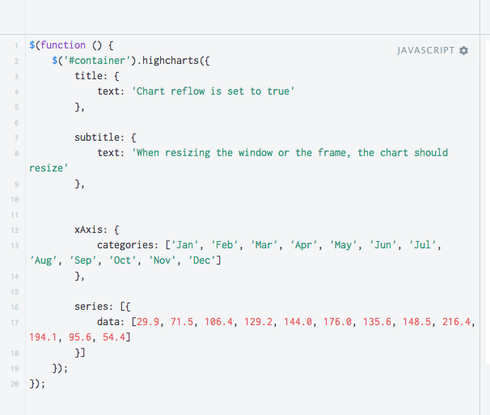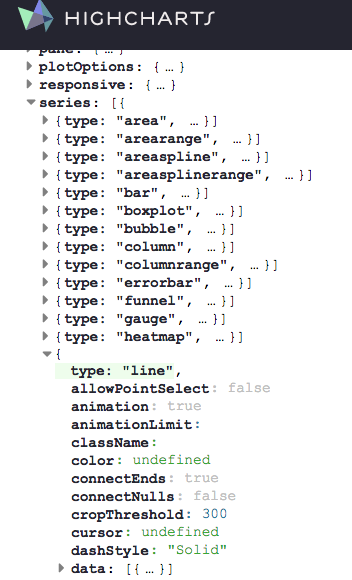I have an object with 12 custom fields denoting each of the months. I was wondering is it possible to create a line graph that would show each of those 12 fields as points on the x axis, while displaying the value range as the y axis?
Enter your E-mail address. We'll send you an e-mail with instructions to reset your password.






